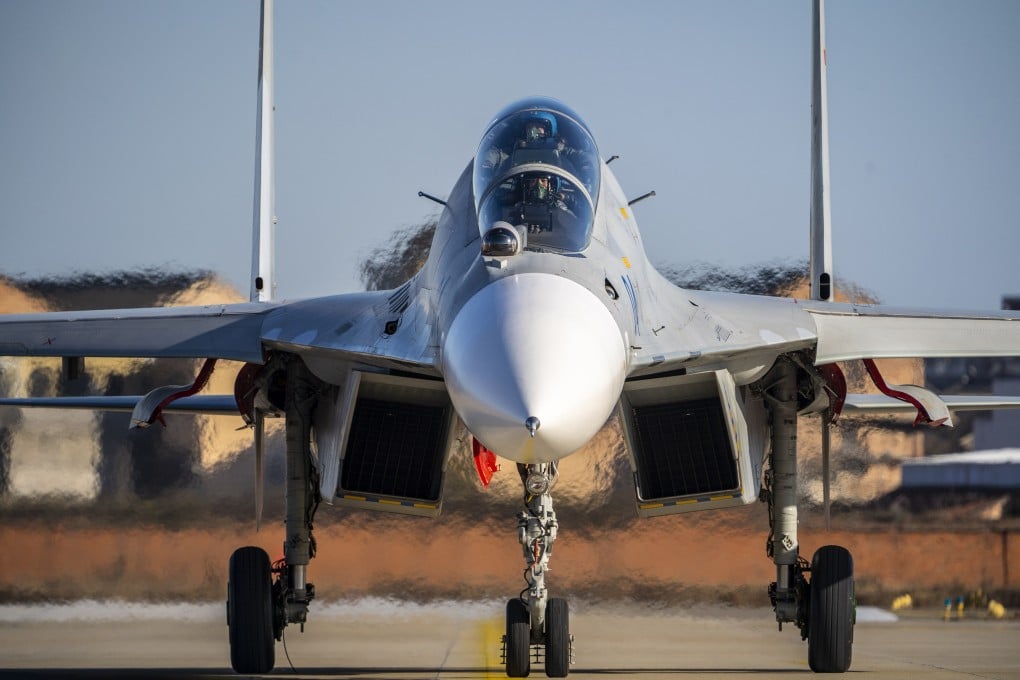Advertisement
China’s arms sales drop as ‘other nations buy American’
- US leads weapons exports with 37 per cent of market share for 2016-20 while China accounted for 5.2 per cent of sales, says Stockholm research institute
- Some states in Indo-Pacific have plans to manufacture their own weapons: SIPRI
Reading Time:3 minutes
Why you can trust SCMP
64

China’s arms exports have dropped over the past five years, a decline that experts have attributed to tensions between China and the US prompting some of China’s neighbours to buy more American weapons, according to a new report.
Some military experts said the downturn was mainly caused by former US president Donald Trump’s attempt to expand American arms exports amid a growing perception of China as a threat in the region, while the ongoing Covid-19 pandemic also affected international trade in both exports and imports.
The US continued leading the arms export race with 37 per cent of market share for 2016-2020, a 15 per cent increase on 2011-2015, according to the report published by the Stockholm International Peace Research Institute (SIPRI). Russia grabbed 20 per cent of market share but it had a 22 per cent drop because of strong competition from the United States in most regions.
Advertisement
France and Germany were the third and fourth largest arms exporters respectively, the report said.
And the fifth largest arms exporter was China with its sales accounting for 5.2 per cent of total arms exports from 2016 to 2020. But Chinese arms exports during the period dropped 7.8 per cent from the previous period, 2011 to 2015.
Advertisement
Advertisement
Select Voice
Choose your listening speed
Get through articles 2x faster
1.25x
250 WPM
Slow
Average
Fast
1.25x